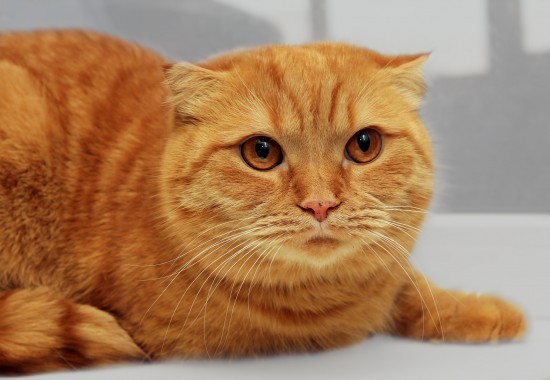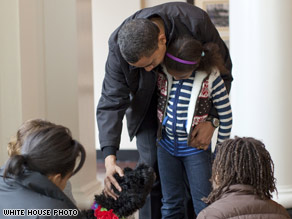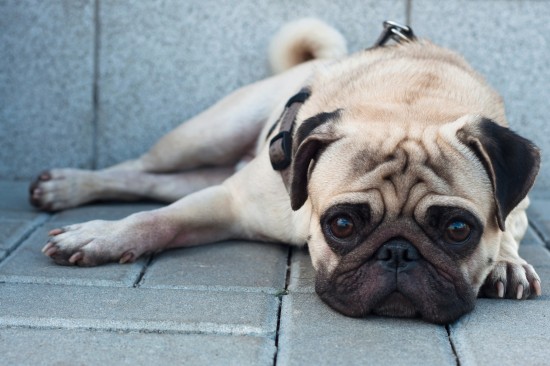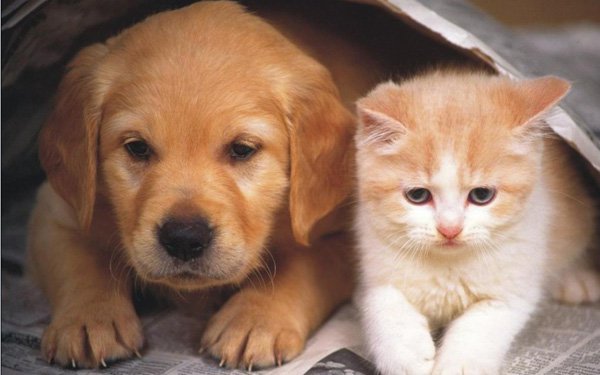
Most birds, bats and many other insects can fly. Some other animals can travel short distances by gliding through the air. But true flight is possible only for animals with wings.
An animal’s wings beat the air upward and downward to raise its body against the pull of gravity. Wings also drive the body forward through the air. The faster a bird flies the more lift it gets from its wings. If it stops, it usually begins to sink towards the ground.
Flying creatures need legs as well as wings because no animal can remain in the air all the time. A flying creature must land once in a while and move about on the ground. It must also be able to take off again.
A very small, light creature, like an insect can take off from the ground much more easily than a large one, such as a bird. An insect uses less energy to keep flying. A small bird can take off from the ground much more easily than a large bird. Most birds, particularly small, very light ones, achieve airspeed by flapping their wings. Larger birds flap their wings much more slowly. A large heron flaps its wings twice in one second, while the pigeon has to flap its wings 10 times in a second. A hummingbird has to flap its wings more than 50 times a second. In fact, if it changes the angle and motion of its wings, a hummingbird can fly forward, hover and even fly backward.
Birds are truly living flying machines. Its feather-covered body is light and powerful. Like other vertebrates, birds actually have four legs. But instead of being legs for walking, its two front legs have become wings for flying. Strong breast muscles work the wings to achieve flight. Birds can also keep up their airspeed by flapping their wings or by gliding. To glide, a bird only needs to stretch out its wings and moving them only to change the shape or the angle of the wings. Holding wings this way, the bird keeps up forward motion with very little fall, although gliding is always slightly downward. Sooner or later, the bird will glide to earth.
As a rule, the air is not still. Rising air currents carry a bird upward. This kind of gliding is called soaring. The largest birds, such as eagles and vultures, usually soar. These birds have very broad wings. Other large birds, such as the albatross, have long narrow wings which enables them to glide over water.
The wings of a bat are different from those of a bird’s. A bat is a hairy mammal with its wings or sheets of skin stretched out between extremely long fingers of its front feet and down the sides of the body to the hind legs. Compared to a bird’s movement in air, a bat’s movements look fluttering and clumsy. In reality, the bat has great control of its movements. It just has to twist and turn in order to capture flying insects.
The wings of an insect are different from those of both birds and bats. Instead of developing from one pair of walking legs, their wings grow from the upper surface of their body’s midsection. It may have one or two pairs of wings. In most insects, like butterflies and moths, there are two pairs of wings on each side that move together.
A few insects, such as large butterflies, both flap their wings and glide. Others, like bees, can only fly by flapping their wings. As a rule, insects take off into the wind like an airplane does. The larger kinds may even have to warm up for a few minutes before taking off. They do this by either fluttering their wings for a while or by sitting in the sun.
Animals that move through the air without wings, like flying frogs and squirrels, usually live in trees. Flaps of skin along their sides help in gliding from tree to tree. By spreading out the legs and extending their tails, they can control direction.
Michael Russell
Your Independent guide to Animals
Article Source: http://EzineArticles.com/?expert=Michael_Russell
 Giardia In Dogs - Canine Giardiasis
Giardia In Dogs -
Giardia In Dogs - Canine Giardiasis
Giardia In Dogs -
 All About The Scottish Fold Cat
All About The Sco
All About The Scottish Fold Cat
All About The Sco
 Why First Dog Bo Obama Matters
The US public has been kept in the dark about the new White
Why First Dog Bo Obama Matters
The US public has been kept in the dark about the new White
 10 Quieter Dog Breeds For People Who Like A Laid-back Lifestyle
10 Quieter Dog Br
10 Quieter Dog Breeds For People Who Like A Laid-back Lifestyle
10 Quieter Dog Br
 Chapel Hill Dog Boarding: Takes Utmost Care of the Dogs
Chapel Hill Dog Boarding: Takes Utmost Care of the Dogs
Chapel Hill Dog Boarding: Takes Utmost Care of the Dogs
Chapel Hill Dog Boarding: Takes Utmost Care of the Dogs
Copyright © 2005-2016 Pet Information All Rights Reserved
Contact us: www162date@outlook.com